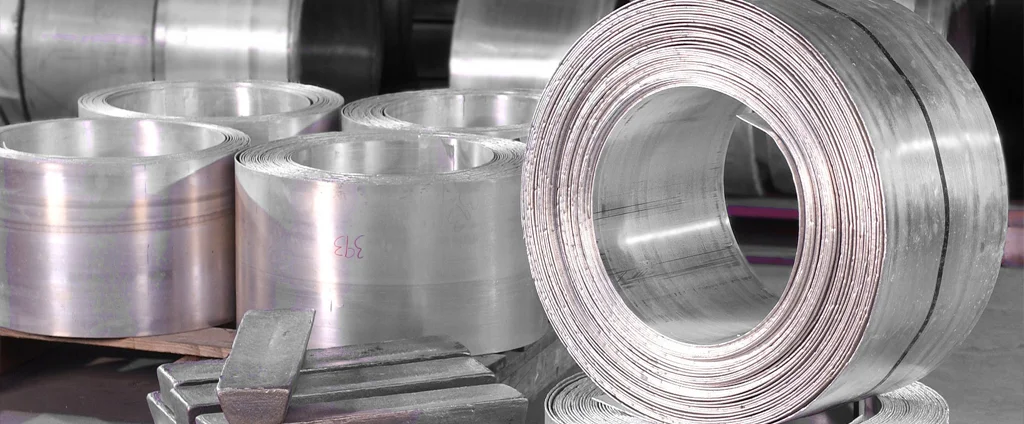Magnesium EQ-21A-T6 (UNS M18330)

Magnesium EQ-21A-T6 is a lightweight, high-strength casting alloy engineered for structural applications requiring stiffness and thermal stability. It performs exceptionally well at elevated temperatures and is commonly used in sand and permanent mold castings across demanding industrial sectors.
| Chemical Composition | ||
|---|---|---|
| Element | Min | Max |
| Magnesium | —— | Remainder |
| Copper | 0.05% | 0.10% |
| Neodymium | 1.5% | 3.0% |
| Nickel | —— | 0.01% |
| Silver | 1.3% | 1.7% |
| Zirconium | 0.4% | 1.0% |
| Residuals | —— | 0.3% |
The following table provides a list of magnesium EQ-21A-T6 properties in both SI and US customary/Imperial units.
Click on the button to switch between Metric and Imperial units.
| Physical Properties | Metric |
|---|---|
| Density | 1810 kg/m3 |
| Mechanical Properties | Metric |
| Tensile Strength (Ultimate) | 234 MPa |
| Tensile Strength (Yield) | 193 MPa |
| Compressive Strength (Ultimate) | 345 MPa |
| Compressive Strength (Yield) | 193 MPa |
| Fatigue Strength # of Cycles 1.0e+8 | 54 MPa |
| Young’s Modulus (E) | 45 GPa |
| Shear Modulus (G) | 17 GPa |
| Elongation at Break in 50 mm | 2% |
| Poisson’s Ratio (ν) | 0.35 |
| Brinell Hardness 500 kg load, 10 mm ball | 65 - 85 |
| Thermal Properties | Metric |
| Melting Point | 540 - 640 °C |
| Solidus | 540 °C |
| Liquidus | 640 °C |
| Thermal Conductivity | 113 W/m·K |
| Specific Heat Capacity (Cp) | 1000 J/kg·K |
| Coefficient of Thermal Expansion (αL) | 26.7 1/°C |
| Heat of Fusion | 374 J/g |
| Electrical Properties | Metric |
| Electrical Resistivity | 6.85×10-6 Ω·cm |
The values in this table are approximate and can vary depending on various factors such as the specific manufacturing process and heat treatment applied to the alloy.
Advantages & Disadvantages of Magnesium EQ-21A-T6
| Advantages | Disadvantages |
|---|---|
| Lightweight | Corrosion-prone |
| High strength | Poor machinability |
| Good weldability | High cost |
| Excellent thermal conductivity | Low melting point |
Applications of Magnesium EQ-21A-T6
EQ-21A-T6 is widely utilized in high-performance environments where weight savings and mechanical strength are critical, including:
- Aerospace: Used in a variety of aircraft components, including landing gear, airframes, and engine parts.
- Automotive: Applied in automotive components such as engine blocks, cylinder heads, and brake rotors.
- Defense: Implemented in military components including helmets, body armor, and weapons.
